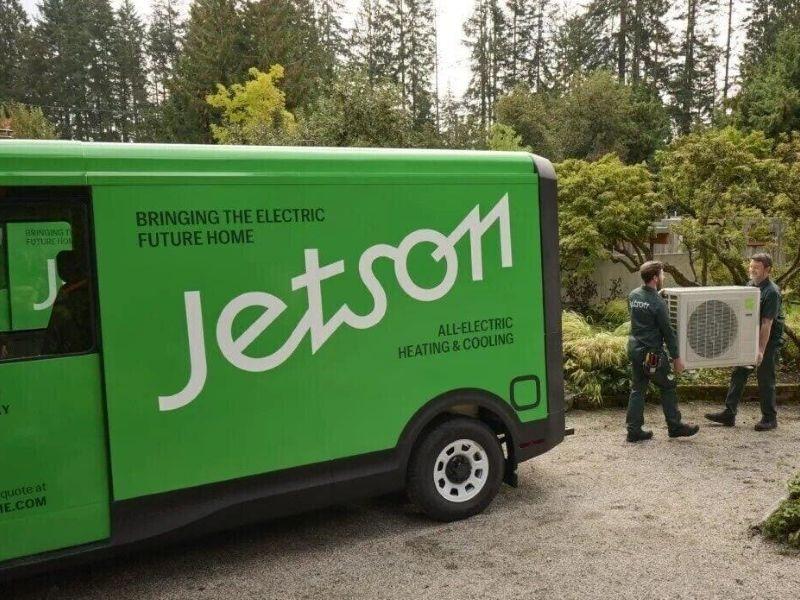
A joint study prepared by the Real Property Association of Canada (REALPAC), the Canada Green Building Council (CAGBC) and the PLACE Centre calls for concerted action to accelerate the process of decarbonizing commercial buildings in Canada.
Entitled Decarbonizing Canada's Commercial Buildings: The Owner & Investor Perspective, the report serves a dual function. Having identified the main roadblocks to reducing carbon emissions in commercial properties, the study delivers 10 recommendations designed to boost industry efforts to reducing the carbon footprint in the built environment.
The report also urges the leading players in the commercial real estate sector to expand cooperation with major stakeholders — financial institutions, utilities, the appraisal community and all levels of government — as part of a sweeping commitment to achieve an ambitious set of sustainability targets.
"The commercial real estate industry is ready to lead, but success will depend on strong partnerships across government, utilities, tenants, the appraisal community, financial institutions, and the private sector," Michael Brooks, CEO of REALPAC, said in a release.
His remarks were echoed by Thomas Mueller, president and CEO of CAGBC: "This report provides a clear roadmap for aligning government incentives, leveraging innovative technologies, and driving market demand to achieve net-zero emissions at scale."
Overcoming obstacles to decarbonization

A central point of the study is that progress made by commercial building owners toward lowering energy consumption and emissions can only go so far unless more support is forthcoming in the form of policy changes, greater investment in clean energy infrastructure and a shared commitment to a low-carbon future on the part of all stakeholders.
For its part, REALPAC is encouraged by the progress made by its members regarding greenhouse gas reporting and the establishment of zero-carbon targets. The proportion of REALPAC member building owners reporting on their operational Scope 1 and 2 carbon emissions has increased from 48 per cent in 2023 to 68 per cent in 2024.
Despite these encouraging findings, the Toronto-based organization believes the industry will need to overcome several "core barriers" to future decarbonization efforts.
"In our discussions with building owners, managers and investors during the preparation of the report, we have found that future progress may be limited by several common obstacles: technology, availability of capital and the disconnect with valuations of low-carbon buildings that affects investment decisions," Darryl Neate, vice-president, sustainability at REALPAC, said in an interview with Sustainable Biz Canada.
According to Neate, the real driver for the report was a perceived need "to accelerate action" by identifying the barriers which in turn clarifies the solutions.
"There is a need for energy and grid modernization, greater knowledge, skills and incentives for commercial real estate professionals, and better access to consistent, accurate whole building data."
Neate cites several layers to the challenges faced by property owners in retrofitting existing properties which typically involves transitioning from gas-fired boilers to advanced HVAC heat pump and smart building management systems.
"Access to affordable technology, clean energy grid capacity, the cost of capital and revenues associated with low-carbon buildings are all factors which affect owners and investors differently."
Owners generally find it hard to justify investing additional capital in new HVAC systems to replace machinery and equipment before the end of its life span, Neate explained.
"It's also a problem of revenue. In many markets there's very little ability to increase rental revenue from a low-carbon building today versus a regular building. That's another challenge that hinders investment . . . But by addressing all these issues we are able to focus on how to move forward."
Key recommendations from the report
Accordingly, the report recommends 10 measures which would further empower the Canadian real estate industry to achieve a low-carbon future. Some of the proposed methods of accelerating decarbonization include:
- Increasing incentives such as broadening the scope of federal clean technology heat tax credits to include additional infrastructure improvements related to building electrification, and establishing a grant or tax incentive program to support the transition from natural gas-fired heating systems to advanced HVAC heat pump or hybrid heating solutions before the end of its useful life.
- Providing long-term low fixed-rate debt financing options for low-carbon construction and retrofits.
- Recognizing decarbonization investments in property valuations.
- Introduction of tax relief and incentives for low- and net-zero carbon buildings.
- Decarbonization of existing electricity generation infrastructure.
- Creation of stronger incentives for decarbonization.
"Decarbonizing Canada's buildings is not just an environmental imperative but an economic opportunity. By addressing these barriers, we can create jobs, drive innovation and position Canada as a leader in the future low-carbon economy," Mike Moffatt, founding director of the PLACE Centre, said in a release.
Pointing the way forward for the real estate industry
According to Neate, government action may be the key trigger enabling the real estate industry to make additional progress in the greening of its properties.
"Not only does the industry need to lean into the valuation recommendation, but (various levels of) government can play a strong role in tax relief and incentives for low- and net zero-carbon buildings.
"And on the energy side, growing capacity and conservation across electricity systems, continuing to decarbonize existing electricity generation infrastructure, and improving access to data and transparency are all part of the solution."
"Overall we expect continued progress across our membership on greenhouse gas reporting and net-zero carbon target setting. That is the foundation for action that will enable (the industry) to navigate their way around or through the existing barriers."










